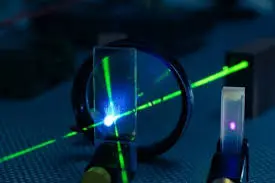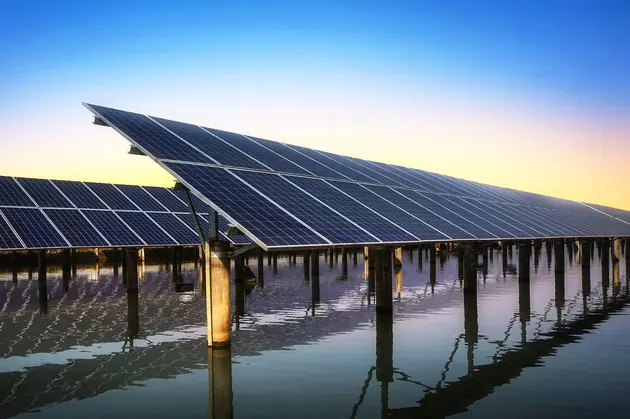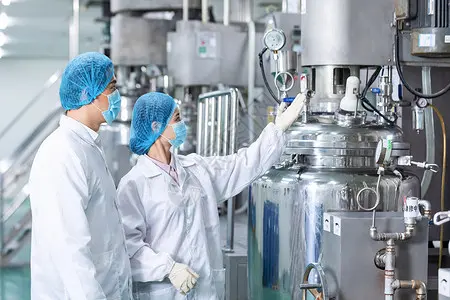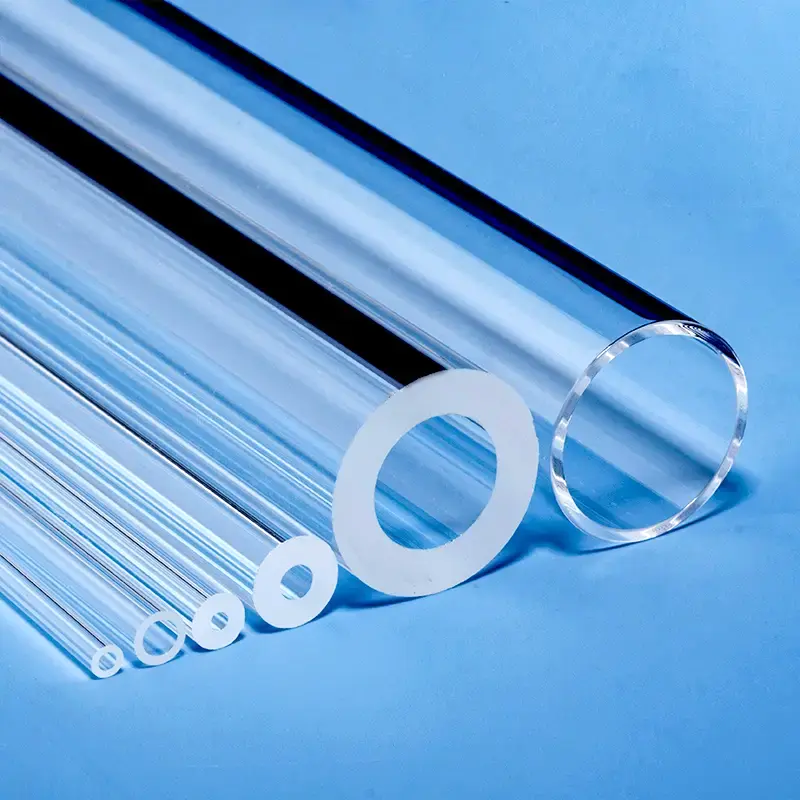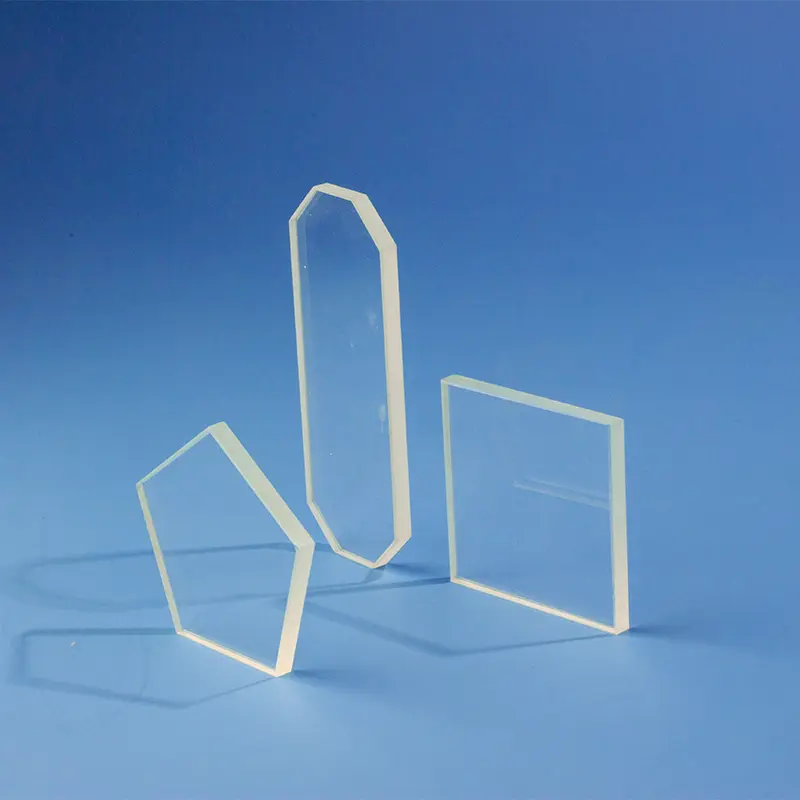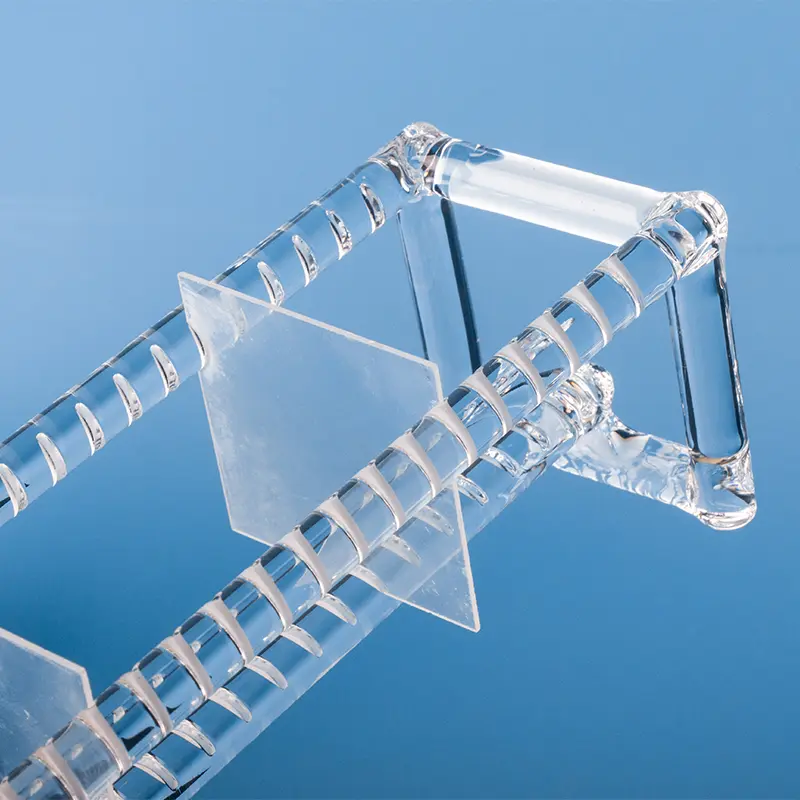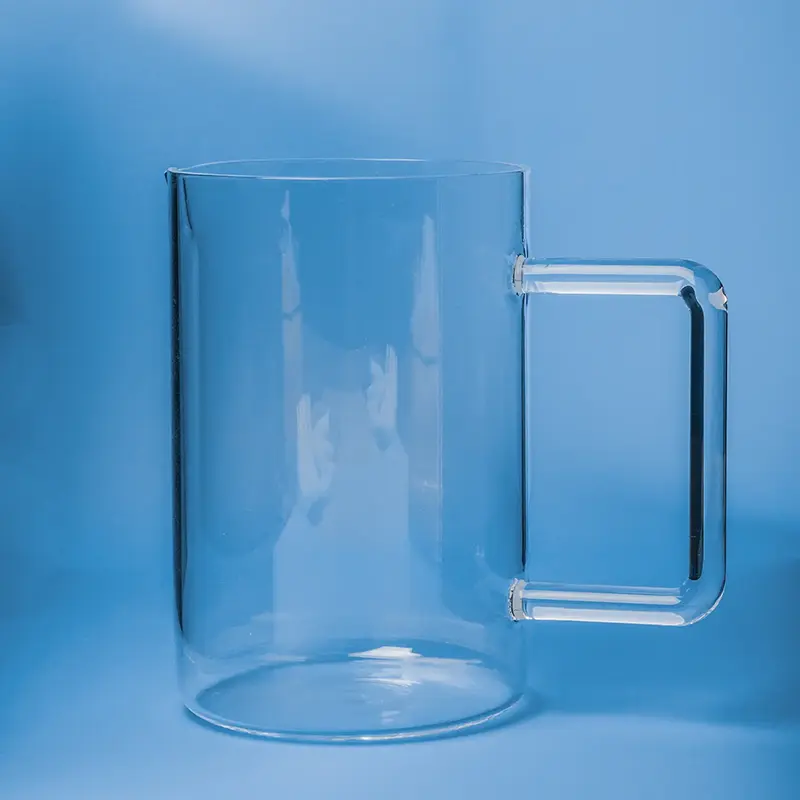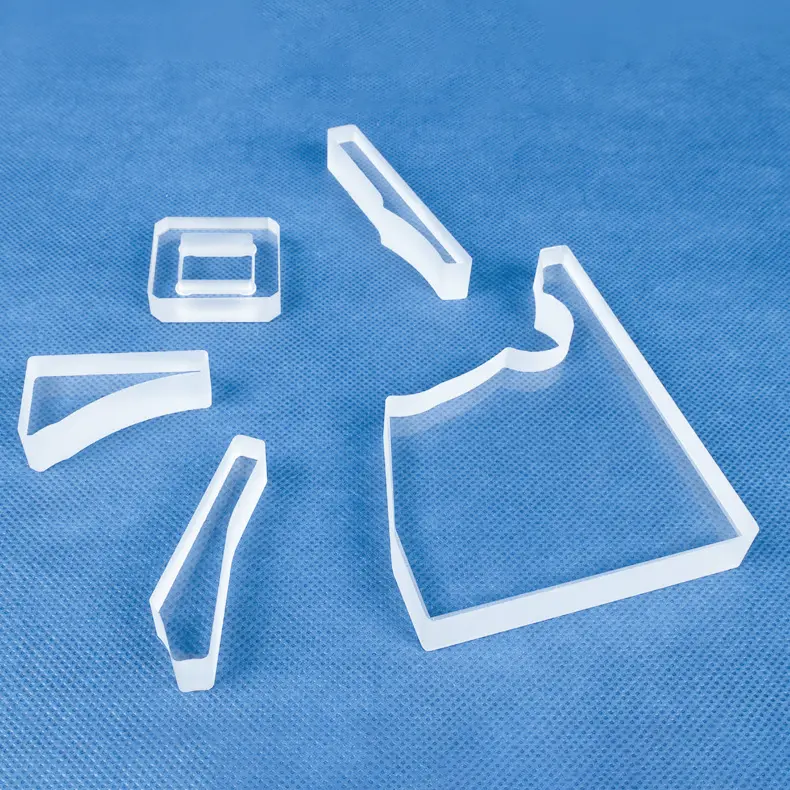Наши пластины из кварцевого стекла — это прецизионно изготовленные компоненты из высокочистого плавленого кварца, обладающие исключительной прозрачностью и оптической чистотой. Эти прочные листы демонстрируют превосходную стойкость к высоким температурам и агрессивным химическим веществам, а также очень низкий коэффициент термического расширения. Благодаря отличным электроизоляционным свойствам наши кварцевые пластины незаменимы для требовательных применений в оптоволоконной связи, производстве полупроводников и медицинском оборудовании. Они доступны в широком диапазоне стандартных размеров и толщин, чтобы соответствовать вашим конкретным техническим требованиям.
| Длина | Ширина | Толщина |
|---|---|---|
| 5mm | 5mm | 1mm |
| 10mm | 10mm | 0.5mm |
| 10mm | 10mm | 1mm |
| 10mm | 10mm | 2mm |
| 12mm | 12mm | 1mm |
| 15mm | 15mm | 0.5mm |
| 15mm | 15mm | 1mm |
| 15mm | 15mm | 2mm |
| 15mm | 15mm | 3mm |
| 20mm | 20mm | 0.5mm |
| 20mm | 20mm | 1mm |
| 20mm | 20mm | 2mm |
| 20mm | 20mm | 3mm |
| 25mm | 25mm | 0.5mm |
| 25mm | 25mm | 1mm |
| 25mm | 25mm | 2mm |
| 25mm | 25mm | 3mm |
| 30mm | 30mm | 0.5mm |
| 30mm | 30mm | 1mm |
| 30mm | 30mm | 2mm |
| 30mm | 30mm | 3mm |
| 35mm | 35mm | 1mm |
| 35mm | 35mm | 2mm |
| 35mm | 35mm | 3mm |
| 40mm | 40mm | 0.5mm |
| 40mm | 40mm | 1mm |
| 40mm | 40mm | 2mm |
| 40mm | 40mm | 3mm |
| 45mm | 45mm | 1mm |
| 45mm | 12mm | 1mm |
| 45mm | 12mm | 2mm |
| 35mm | 35mm | 2mm |
| 50mm | 50mm | 0.5mm |
| 50mm | 50mm | 1mm |
| 50mm | 50mm | 2mm |
| 50mm | 50mm | 3mm |
| 50mm | 50mm | 4mm |
| 50mm | 50mm | 5mm |
| 60mm | 60mm | 1mm |
| 60mm | 60mm | 2mm |
| 60mm | 60mm | 3mm |
| 70mm | 70mm | 2mm |
| 70mm | 70mm | 3mm |
| 70mm | 70mm | 5mm |
| 75mm | 25mm | 0.5mm |
| 75mm | 25mm | 1mm |
| 75mm | 25mm | 2mm |
| 80mm | 80mm | 1mm |
| 80mm | 80mm | 2mm |
| 80mm | 80mm | 3mm |
| 80mm | 80mm | 4mm |
| 100mm | 100mm | 1mm |
| 100mm | 100mm | 1.5mm |
| 100mm | 100mm | 2mm |
| 100mm | 100mm | 3mm |
| 100mm | 100mm | 5mm |
| 100mm | 100mm | 0.5mm |
| 100mm | 100mm | 1mm |
| 100mm | 100mm | 2mm |
| 100mm | 100mm | 3mm |
| 100mm | 100mm | 5mm |
| 150mm | 150mm | 2mm |
| 150mm | 150mm | 3mm |
| 150mm | 150mm | 5mm |

- Способ оплаты: Банковский перевод или предоплата, в зависимости от объема заказа
- Срок поставки: В зависимости от объема заказа
- Способ транспортировки: Морские или воздушные перевозки, в зависимости от клиента
Примечания:
Для подтверждения заказа необходимо предоставить следующие параметры: ① Квадрат: длина, ширина, толщина ② Круг: диаметр, толщина ③ Точность ④ Количество
| Содержание свойств | Значения свойств |
|---|---|
| SiO2 | 99.99% |
| Плотность | 2,2×10³ кг/см³ |
| Твердость | Твердость по шкале Мооса 5,5 - 6,5; Твердость по Кнупу 570 (при нагрузке 100 г) |
| Предел прочности при растяжении | 4,8 × 10⁷ Па (48 Н/мм² или 48 МПа); 7 000 фунтов на квадратный дюйм (psi) |
| Предел прочности при сжатии | >1.1×10⁹ Pa (160,000 psi) |
| Коэффициент теплового расширения | 5.5×10⁻⁷ cm/cm·°C (20°C-320°C) |
| Теплопроводность | 1,4 Вт/м-°C |
| Удельная теплоемкость | 670 Дж/кг-°C |
| Температура размягчения | 1730 °C (3146 °F) |
| Точка отжига | 1210 °C (2210 °F) |
| Точка напряжения | 1120 °C (2048 °F) |
| Рабочая температура | 1200°C (2192°F) |
| Удельное электрическое сопротивление | 7×10⁷ Ом см (350°C) |
| Размер | Индивидуальный заказ |
| Логотип | Нанесение логотипа по заказу |
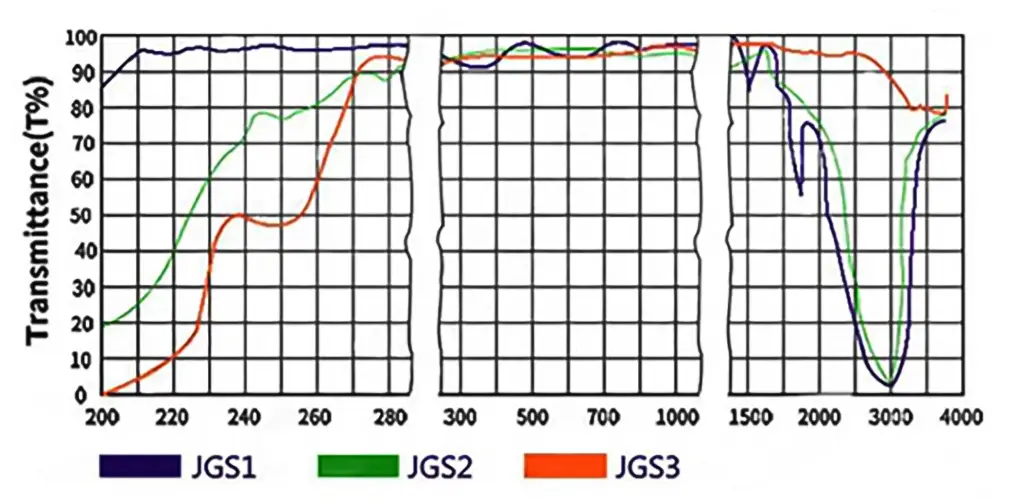
JGS1
Этот материал, широко известный как УФ-сорт плавленого кварца, демонстрирует исключительно низкую дисперсию и очень высокое пропускание в ультрафиолетовом (УФ) спектральном диапазоне.
JGS2
Аналогичен JGS1, но может иметь отклонения в конкретных рабочих параметрах, таких как коэффициент пропускания и коэффициент термического расширения, в зависимости от стандартов производителя.
JGS3
Обычно используется в применениях, требующих более высокой чистоты или специализированных эксплуатационных характеристик. Конкретные рабочие параметры могут варьироваться в зависимости от производителя.
Характеристики дисперсии
Кварцевые пластины JGS1 и JGS2 демонстрируют отличные дисперсионные свойства в ультрафиолетовом (УФ) спектральном диапазоне, эффективно разделяя УФ-свет различных длин волн. Это делает их идеальными для производства высокопроизводительных оптических компонентов
Пропускание
Все три типа кварцевых пластин обладают высоким коэффициентом пропускания УФ-излучения, особенно в определенных диапазонах длин волн. Например, JGS1 имеет очень высокое пропускание от 185 до 2500 нм. Это делает их предпочтительными материалами для производства УФ-лазеров, УФ-спектрометров и оптических фильтров.
Химическая стабильность
Кремниевые пластины обладают отличной химической стабильностью и могут выдерживать суровые условия, включая кислоты, щелочи и высокие температуры. Поэтому они подходят для производства химических реакторов, окон высокотемпературных печей и приборов для химического анализа.
Низкий коэффициент тепловогоExpansion
Эти кварцевые листы имеют очень низкие коэффициенты теплового расширения и проявляют минимальную реакцию на изменения температуры. Это критично для стабильности высокоточных оптических компонентов.
Сценарий применения
Кварцевые пластины обладают отличной термостойкостью, коррозионной стойкостью, термической стабильностью и светопропусканием. Температура размягчения составляет примерно 1730°C, и они могут использоваться непрерывно при 1100°C, а кратковременное использование допускается до 1450°C. Кварцевое стекло обладает высокой стойкостью к кислотам, за исключением фтороводородной кислоты, и демонстрирует высокую стойкость к химическим реакциям с большинством других кислот. Кварцевые пластины имеют очень низкий коэффициент теплового расширения, что позволяет им выдерживать резкие изменения температуры без разрушения. Они также демонстрируют хорошую светопропускную способность по всему спектру от УФ до ИК, с светопропусканием в видимом диапазоне, превышающим 93%.
На основе оптических свойств кварцевые листы классифицируются на три категории: кварцевое оптическое стекло для дальнего ультрафиолета (FUV) (JGS1), кварцевое оптическое стекло для ультрафиолета (UV) (JGS2) и кварцевое оптическое стекло для инфракрасного излучения (IR) (JGS3). Эти разные типы кварцевого стекла демонстрируют различия в прозрачности, расположении полос поглощения и т. д. в УФ- и видимом спектральных диапазонах.
Обработка кварцевых пластин включает в себя грубые этапы обработки, такие как сортировка сырьевых материалов, соединение стержней, резка семенного кристалла и округление. Затем следуют этапы шлифовки, такие как грубая шлифовка, средней шлифовки и тонкой шлифовки. После этого проводятся полировка и очистка, чтобы обеспечить качество поверхности и стабильность пластин. Наконец, монтаж и крепление происходит путем закрепления кварцевых пластин с примененными электродами и нанесения проводящего клея на контактные точки между электродами и металлическими площадками для достижения электрического соединения.
Часто задаваемые вопросы
Мы специализируемся на комплексном производстве высокочистых кварцевых стекольных компонентов. Наши основные продуктовые линейки включают:
Кварцевые трубки и стержни: Широкий диапазон диаметров и спецификаций.
Кварцевые пластины и диски: Прецизионная резка и полировка для оптического и промышленного применения.
Кварцевая лабораторная посуда: Полный ассортимент стандартной и индивидуальной стеклянной посуды, включая стаканы, колбы и лодочки.
Кварц полупроводникового класса: Высокочистые компоненты, такие как технологические трубки и носители, для производства полупроводников.
Компоненты индивидуального изготовления: Мы можем производить сложные детали, адаптированные под ваши уникальные чертежи и спецификации.
Да. Индивидуальное изготовление является основой нашей деятельности. Имея более чем десятилетний специализированный опыт, мы сотрудничаем с компаниями, предлагая высококлассные услуги OEM/ODM. Наши возможности включают сварку, шлифовку, сверление, полировку, гибку и другие методы прецизионной обработки для создания компонентов, точно соответствующих вашим требованиям.
Качество является первостепенным в нашем производственном процессе. Мы являемся производителем, сертифицированным по ISO 9001:2015, гарантируя, что наши процессы соответствуют международным стандартам управления качеством.Наша продукция также проходит строгие испытания SGS на чистоту и производительность. Мы используем высокочистое сырье (до 99,998% SiO2) для производства изделий из плавленого кварца и плавленого диоксида кремния с исключительной термической стабильностью, высокой термостойкостью и химической инертностью.
Мы максимально оптимизировали наш процесс для обеспечения эффективности:
Отправьте запрос коммерческого предложения (RFQ): Присылайте нам свои технические чертежи, спецификации и требования через контактную форму на нашем сайте или по электронной почте.
Быстрый ответ: Вы можете ожидать первоначальный ответ в течение нескольких минут и подробное общение в течение получаса.
Дизайн и Коммерческое предложение: Мы предоставим подробное проектное предложение и конкурентоспособное коммерческое предложение в течение 24 часов.
Прототипирование и производство: После утверждения мы оперативно переходим от прототипирования к полномасштабному производству, чтобы уложиться в ваши сроки.
Сотрудничество с Aoxin Quartz предоставляет несколько ключевых преимуществ:
Проверенный опыт: Имея более чем 10-летний опыт работы в отрасли, мы обладаем техническими знаниями для решения сложных задач.
One-Stop Solution: We manage the entire production process, from sourcing high-purity raw materials to fabricating and finishing complex components.
Конкурентная ценность: Расположенные в крупном центре по производству кварца, мы используем эффективную цепочку поставок и передовое производство, чтобы предложить исключительное качество по конкурентоспособной цене.
Dedicated Partnership: Over 90% of our clients become long-term partners. We are committed to your success through responsive service, reliable quality, and innovative solutions.


